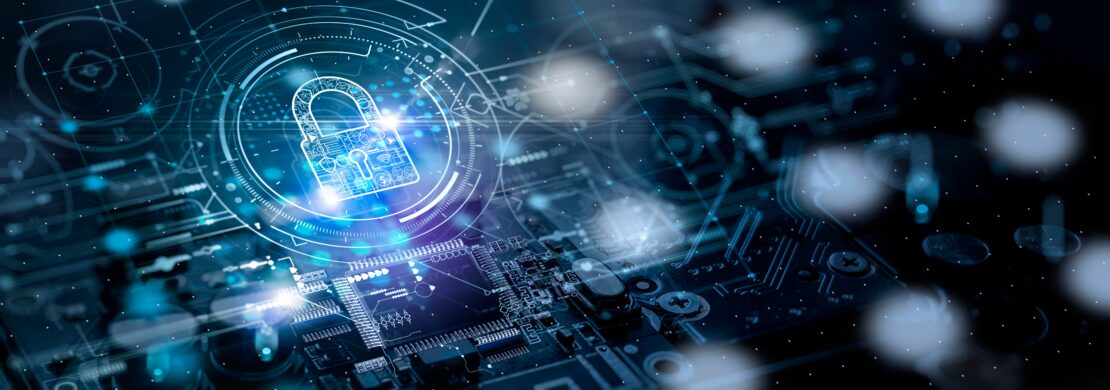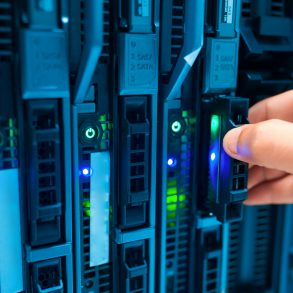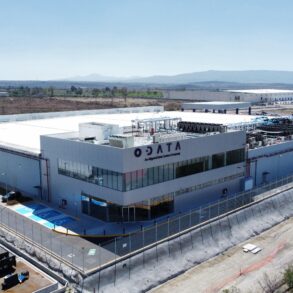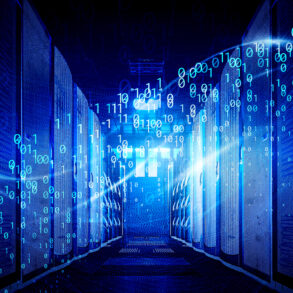Data Center Security: integrating physical and cyber solutions extends network protection
5 minutes readingWith so much news about the rise of cyber attacks, ensuring Data Center security has become part of the most urgent projects of organizations.
Digital crimes have evolved. To give an example, only in 2020, more than 8.4 billion attempted cyber scams hit individuals and companies in Brazil. And in 2021, this growth was even faster, with the migration of traditional work relationships to the remote model.
On the other hand, the security universe has never been more prepared to protect home and corporate users.
So, effectively, what could be done to mitigate the impact on your Data Center security – be it physical or cyber? In this article, we show you how to make this connection. Read below:
Data Center role in digital transformation
Staying competitive and maintaining aggressive margins requires continuous innovation. And digital transformation is at the heart of this premise.
The next decade will witness an explosion of data with increasing levels of technology. This will drive demand for processing and storage, requiring the construction of increasingly powerful Data Centers.
Currently, 4G and 5G networks, the deployment of Society 5.0 technologies and advents such as devices connected by the Internet of Things (IoT) are already expanding the constant flow of data generation. And, consequently, opening loopholes for malicious attacks.
Considering that Data Centers act as a strategic lever in accelerating business, neglecting their security barriers also exposes the company to incalculable losses.
For this reason, investments in Data Center modernization are expected to jump from US$244.74 billion in 2019 to US$432.14 billion in 2025, at a compound annual growth rate (CAGR) of 9.9%.
Challenges in cloud and Data Center security
Despite the reduction in 2020 forced by the COVID-19 pandemic, forecasts that pointed to an increase in Data Center modernization and security spending were correct.
Knowing that physical Data Centers are the ‘home’ of the cloud, it is possible to make them true centers of cloud computing services. In this way, companies will be able to accelerate process optimization while maintaining control of operations.
In this vein, it is estimated that cloud investments will surpass in-house Data Centers by 2025. However, just as the cloud is helping to enable digital transformation, security in this kind of structure is also facing challenges.
Even in 2019, before the massive adoption of the remote work model, the consultancy Accenture found that 80% of organizations were introducing digital transformation faster than the ability to protect their networks against cyberattacks.
From this time on, the situation became alarming. According to a study just released by security firm Fortinet, more than 8.4 billion attempted cyber attacks hit Brazil in 2020. Between October and December of this year, there were at least 5 billion attempted attacks in the country: phishing emails with HTML files attached and forced redirection to malicious websites.
Web-based malware has become the most common vehicle for distributing infected files, often becoming the gateway for ransomware.
In this scenario, the consultancy IDC predicted that investments in security solutions will exceed US$ 900 million in Brazil, as well as cloud security, will grow 29% in 2021.
Colocation: convergence between physical and cyber security
To deal with the growing attacks, many organizations opt for Colocation facilities rather than maintaining or building their own in-house Data Centers. This is why Data Centers focused on colocation have several tools that prevent customer equipment barriers, such as biometrics and automation.
On the other hand, the invasion of an in-house structure is much more likely to occur since organizations generally do not focus on this type of security in their buildings.
Concerning physical security, Data Centers will be more protected than on-premises infrastructure. The chances of a presential invasion are meager since access is restricted to authorized people.
Erika Patara,
Legal Director at ODATA
Thus, Colocation enables the fundamental premise that physical and cyber security must be treated in an integrated manner, as they have become increasingly convergent in recent years.
How Colocation promotes the interconnection of security in the Data Center
A current example is connected devices such as card readers, which are accessed and managed over the internet. To ensure the integrity of the structure, the interdependence of physical security with strong cybersecurity controls is created.
And that dependency, in turn, offers intriguing ways to leverage both disciplines to generate new paradigms of Data Center security.
Another good example: if an employee logs into a computer in Rio de Janeiro and, at the same time, physically accesses a Data Center in São Paulo, an alert signal would be generated in the system.
However, with artificial intelligence and machine learning, this system could adapt to this situation to prevent monitors from revoking access permissions immediately, without human intervention.
Additionally, with the rise of remote work, many traditional physical devices now pose cybersecurity threats. Items such as ID cards, notebooks, smartphones and USBs are potential cybersecurity risks as they are IP-enabled.
Conclusion
To ensure adherence to Data Center Security and access protocols, organizations need to enable both digital and physical monitoring in an integrated way.
As we have seen, the convergence of cyber and physical security allows physical security alerts to activate cybersecurity protocols, such as blocking access to data and systems for users, devices and applications based on predetermined business rules.
Generally speaking, when focusing on controlled access, users should be able to access only certain areas, systems, and applications.
This remains the basic concept of ensuring confidentiality, integrity and availability of data, wherever it is located and regardless of how is used.
Fortunately, this is one of the basic tenets of Colocation – and an absolute priority for ODATA.
In the case of Data Centers, such events occur from the entrance to the building and even at the rack level. As such, they provide a complete compliance audit trail, total transparency, and automated reporting and access revocation processes.
At ODATA, this security concern is evidenced by some of the certifications it maintains:
- PCI-DSS (Payment Card Industry – Data Security Standard): information security standard for organizations that handle credit cards;
- ISO 9001: quality assurance in the integrated management system;
- ISO 20000: quality assurance in IT service management;
- ISO 27001: quality assurance in information security management;
- ISAE 3402: ensures that ODATA’s internal controls comply with international standards.
Want to know more about ensuring security in your company’s Data Center?
Exclusive E-BOOKS
to help you learn more about the world of colocation.

Related Posts
SUBSCRIBE TO OUR NEWSLETTER






